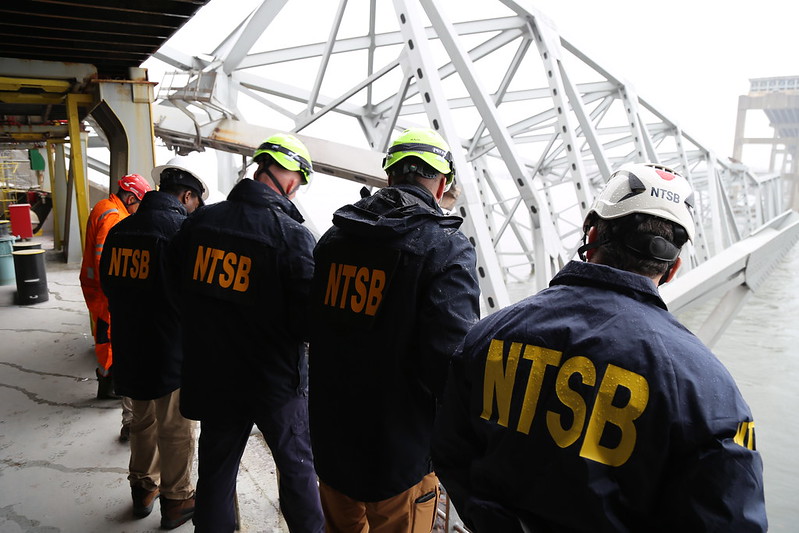
Crane Linked to CIA Soviet Sub Mission Now on Station at Key Bridge Collapse
This story has been updated to reflect Project Matador’s cancellation. Three cranes, all contracted through the Naval Sea Systems Command,…
Copyright 2024 U.S. Naval Institute. All Rights Reserved.